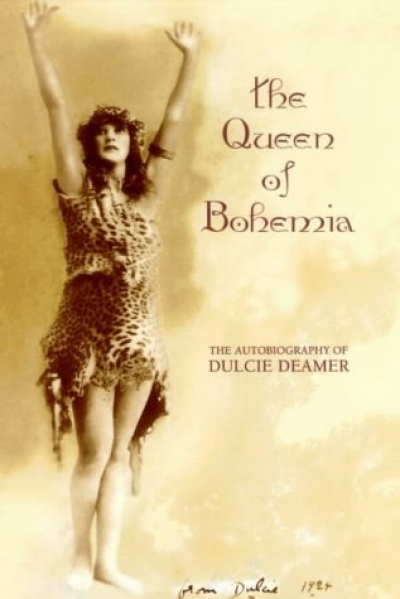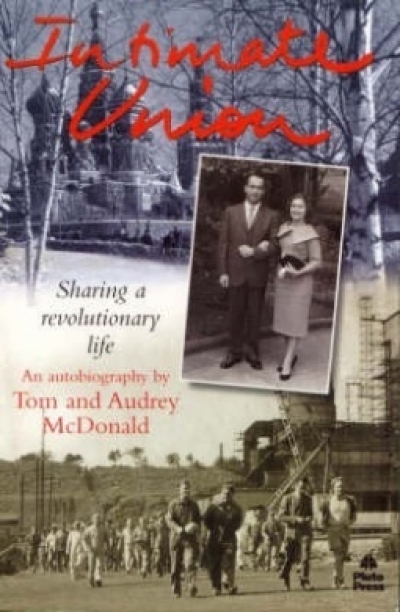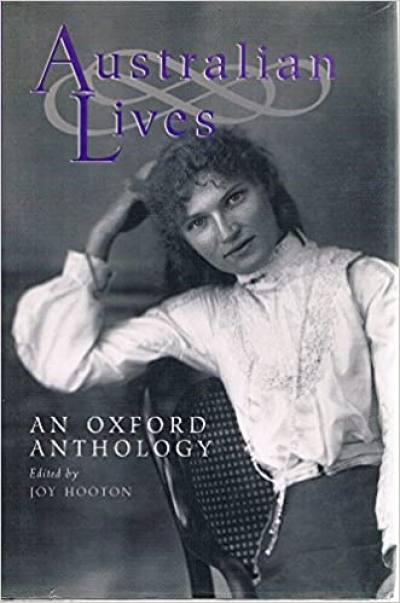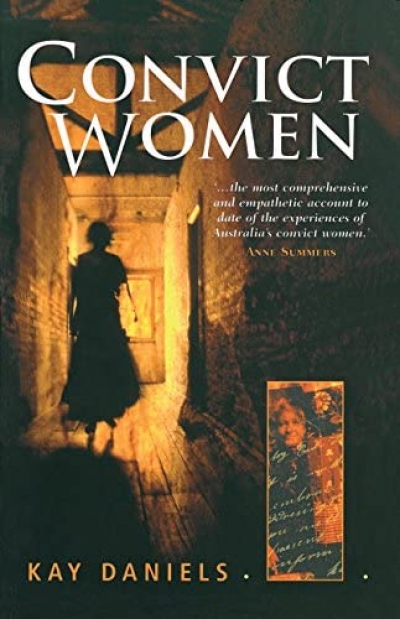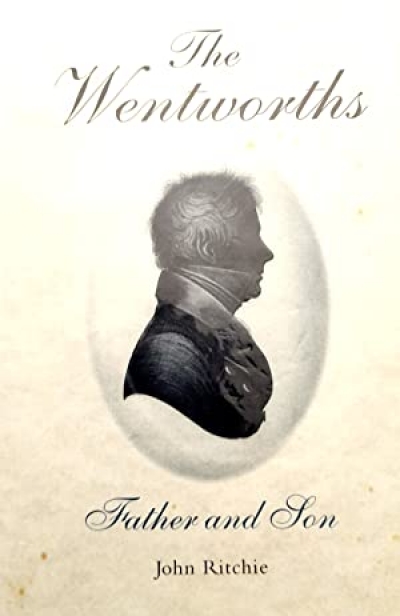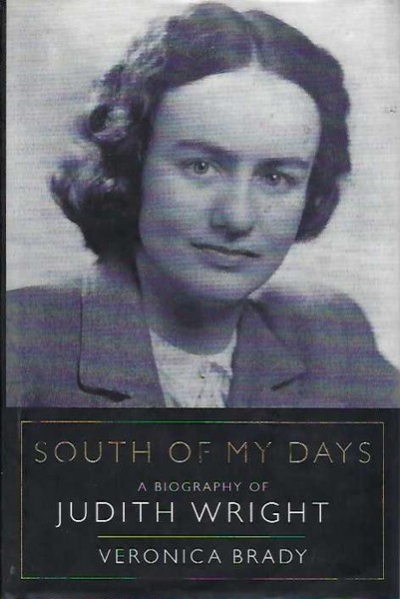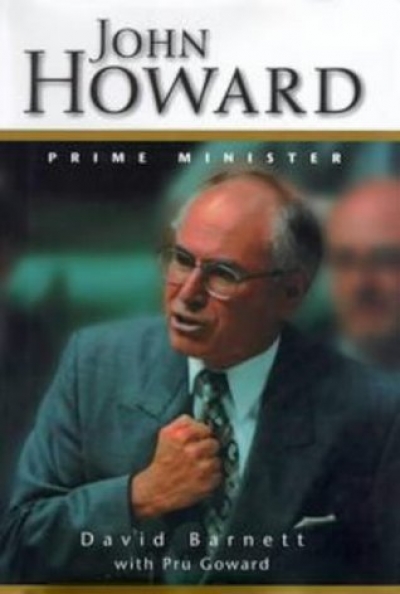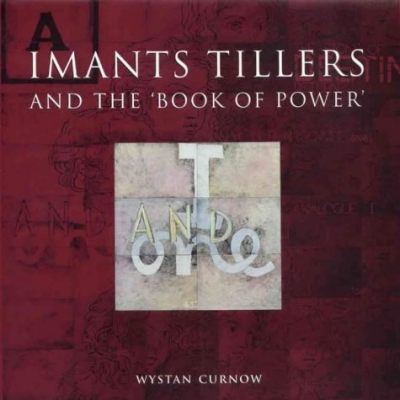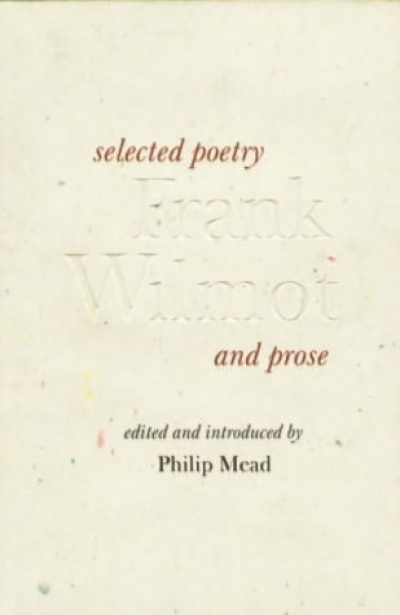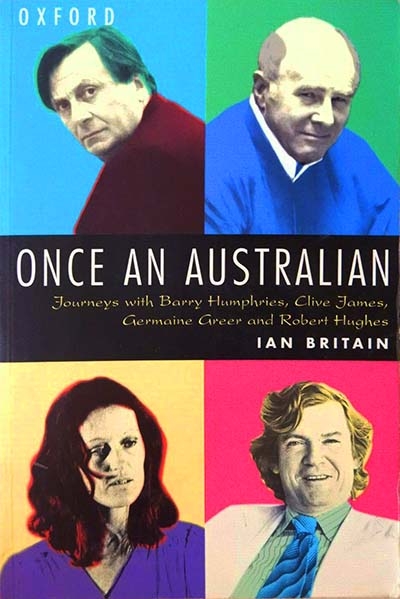Biography
The Queen of Bohemia by Dulcie Deamer & An Incidental Memoir by Robin Dalton
by David McCooey •
South of My Days: A Biography of Judith Wright by Veronica Brady
by Andrew Riemer •
John Howard: Prime Minister by David Barnett and Pru Goward
by Joe Rich •
Imants Tillers and the Book of Power by Wystan Curnow
by Edward Colless •
Frank Wilmot edited by Philip Mead & Frank Wilmot by Hugh Andersen
by Chris Wallace-Crabbe •

